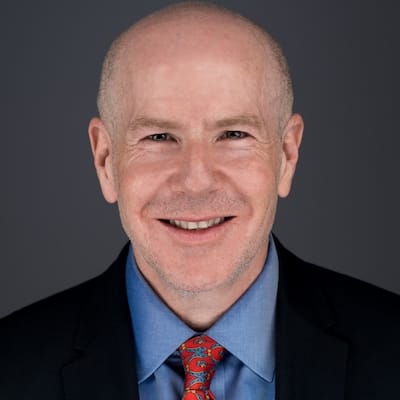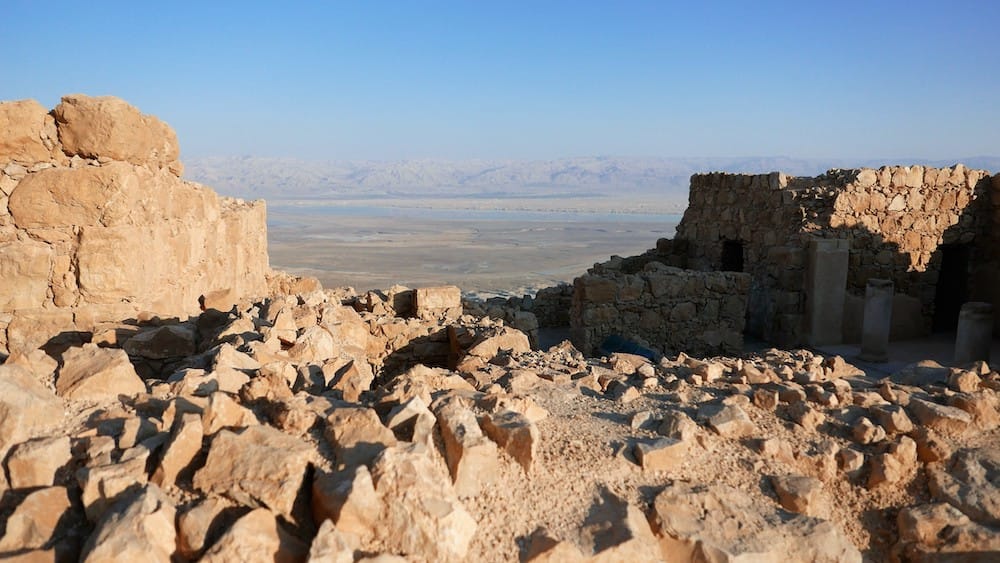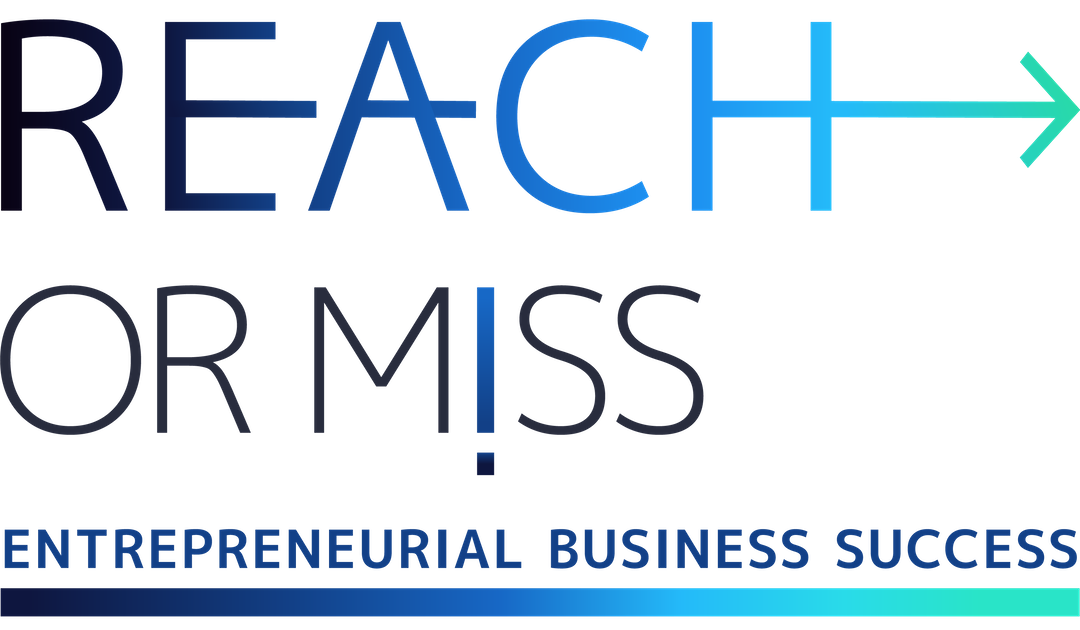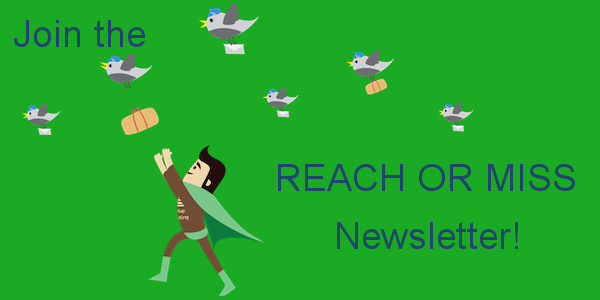Ep. 088 – Matt Sweetwood’s key success factor “I never quit. You quit when you win.”

Matt Sweetwood Show Notes
Matt Sweetwood is a thought leadership and personal branding ex-pert and was the CEO of a social network. With over 30 years of en-trepreneurial experience, he has been credited with the reinvention of the modern camera store, as well as the country’s largest in-store photography education program.
However, his greatest achievement is having raised five successful children to adulthood as a single dad. He is a life and business coach and is a regular contributor on national TV and to several publications.
He has a bestselling self-help book, “Leader of the Pack: How a single dad of five led his kids, his business and himself from disas-ter to success.
Most passionate about
- I ran a company for 28 years. It was quite an adventure; reinvented that business several times, exited that business successfully (that means you sold it). I’m not one of those people that really want to die behind the desk of the company I started many years ago; I like to move on.
- In the last 2 years I got to be the CEO of a social media network, a start up, and published my book and now what really excites me is to take those 30 years of experience and I coach executive CEOs typically and I consult companies. It’s an exciting thing to do because you get to walk in to new places all the time, really use your brain, get paid to use your brain and really make a different. In addition to that, I write; my book, Leader of the Pack, just came out. I write for Entrepreneur magazine, I’m a speaker; I speak all over the place on leadership, personal branding, and entrepreneurship, and some spiritual topics too.
- I live in New York and being in the business world, being in a diverse business world where one company I consult is a large nonprofit, another is a manufacturing and distribution company, and another is a larger company, more of a conglomerate; so that kind of diversity is exciting.
Matt’s best advice about approaching customers
- This piece of advice translated in the most general terms is that when you approach a customer, it should be ‘How can I serve you?’ not ‘How can I get your money from you?’ I have a famous saying, when someone says it’s not about the money, it’s always about the money. You have to care about your customers or clients first and you have to do it in an authentic way.
- We’ve all been in a retail store or restaurant or even we’ve had a consultant come in, when they’re sitting there and their heaping false praise on you and their talking, but you can sense that they just want to convince you. If you do that, you aren’t going to be successful. You have to build a business that authentically tries to solve customer’s problems and serve them. If you do that, they will come to you.
Biggest failure with a customer
- We’ve had this happen several times. We’ve brought in a product that was from a major vendor and was defective, but it wasn’t clear how the product became defective; we’re talking about $10,000 camera. A customer comes in and says the camera doesn’t work. We say okay and we try to apply the warranty, the vender says the camera was damaged, the customer says I didn’t damage it, I just took it out. We’ve had the happen several times. That’s a situation where you sometimes end up losing the customer because you can sell that customer for ten years and not make $10,000, so your choice is to eat the $10,000 or do something. It happens a little bit more than I’d like.
- We can offer to pay for the repair of the camera, you try to settle with them, trade it in, something, but many times the customer says, look, no I bought a new $10,000 camera. This also happens when they say things are missing and you don’t think they are missing. So you have these customer service interactions without a realistic solution. Usually the solution requires us losing money on it if we don’t want to lose the customer.
Biggest success due to the right customer approach
- I opened a camera store. Within 5 years of opening that store, we became the third largest single location store in the country. Essentially, every camera store that runs today runs off the model I created for our store.
- I changed the retail model to an experiential model, as an example, the people who work behind the counter were no longer sales people, they were photographers themselves. So, our store oozed photography. It was about the experience of photography.
- I merchandised the cameras like they were jewelry; it isn’t like the store where you have used equipment lying around, like a junk store, like how older camera stores look. In addition to that, I created an education program and we started teaching photography. Within a year, I had 1000 people running through my classes a month. And that created the repeat business to the store, but more importantly, it created a fundamental change in the retail environment, because instead of that adversarial salesperson/customer interaction, we became their teachers, their mentors, and their experience providers. My classes weren’t just sit in front of a blackboard and watch somebody teach you photography; we would have live photo shoots, we’d bring in models, we’d do excursions to zoos, botanical gardens, to sporting events, all sorts of crazy things. The balloon festivals. So, when you came into our store it became about the joy of photography and my sales people were not salespeople, they were educators, and that fundamentally changed the relationship and essentially built the business and reinvigorated the entire camera store model.
- So, we opened this camera store back in 2008. Everybody thought I was nuts. We invested a lot into this big camera store, the last pennies we went into it. We started talking to customers and customers started talk to us about having well known photographers come in and teach. I convinced Canon, I went to the person who runs their photographer program and I convinced them to give us one of their best photographers. He basically told me that if I didn’t deliver a large enough crowd for him, I was finished (only more tactfully).
- We ended up getting Art Wolfe, a famous nature photographer. I worked hard, marketing, social media, using my personal brand, doing all sorts of things to fill the room up. I ended up delivering about 700 people in an auditorium because we had to move off site. The news showed up, we had an unbelievably successful event, which set the standard, the mood, and the publicity for my educational program in a way that built the largest photography education program in the country.
Matt’s most recommended tool
- I use technology to become more efficient, and when you do that, you don’t necessarily rely on any one tool, you rely on the system you put in place in order to be organized and prompt. So, everything I did was digitized and in the cloud, every piece of information I’d ever need was accessible from my smartphone. I had my schedule in there so I used a full set of Google tools, Google Calendar, Google Docs, Gmail; organized my life so I could instantly have access to any piece of info I wanted. Sales information was always updated in either a Google sheet or an Excel spreadsheet, which I would always have on me. I would keep track of customers that way; I would interact with customers on social media that way. So, one device, either my PC or my phone, I had access to all the info I need at all times, in an organized fashion. So it’s the overall organizational method of using in the cloud and using all of these free tools that are available to make you the most efficient.
- There’s not really one thing. You ebb and flow with the technology but you use it in a cohesive way to be more efficient, more organized, and keep track of every piece of data you need quickly.
Matt’s key success factor
- The two things I would say are:
- I can read people very well intuitively. That makes you an excellent negotiator. This also makes you a good boss. I understand how to read people and how to relate to them.
- I never quit. You quit when you win. That sometimes means you have to work relentlessly. We entrepreneurs, we work 80 hours a week so we don’t have to work 40. But you may have to work for 80 hours a week for 5 years straight. So, if you want something badly enough and you’re willing to do it, you may have to work relentlessly, it doesn’t matter how many failures you have, how hard it is, how difficult the obstacle is; you just have to keep at it.
Matt’s Mountain
Since we believe that the best way for entrepreneurs to get a fast, big, and sustainable success is by leading your (new) market category, and the entire entrepreneurial journey reminds me of mountaineering, or conquering the mountain; I want to ask you if there is a mountain you dream of climbing or a mountain you have already climbed.
- I love mountains and I always seek out mountains in the locations that I go. For example, my daughter was married in Israel three years ago and of course, I had to go to Masada. I went up there because when you’re up on a mountain, you really are closer to God; it’s a spiritual feeling.

Masada
- I know that when I go to Montreal, Mt. Royal, when you’re about 2/3s of the way up, there’s the most magnificent view of the city.

The view from Mt Royal Montreal

The view from Mt Royal Montreal
- Whenever I go to places, I’m a photographer; I love mountain photography. I have amazing pictures of various mountains. So, I feel very spiritual when I get to the top of something. Life is like that; climbing a mountain is like building to the peak.
The best way to connect with Matt:
More resources for Entrepreneurs
- Don’t Miss – Customer Focus Strategy & Execution: Market Analysis for Fundraising
- Hayut Yogev’s Latest post: The three free, most practical steps to researching and locating your market
- Former interview: The biggest risks of entrepreneurship. From failing to the lowest places of bankruptcy, a loss or a tragedy to reaching the highest levels of entrepreneurial success

